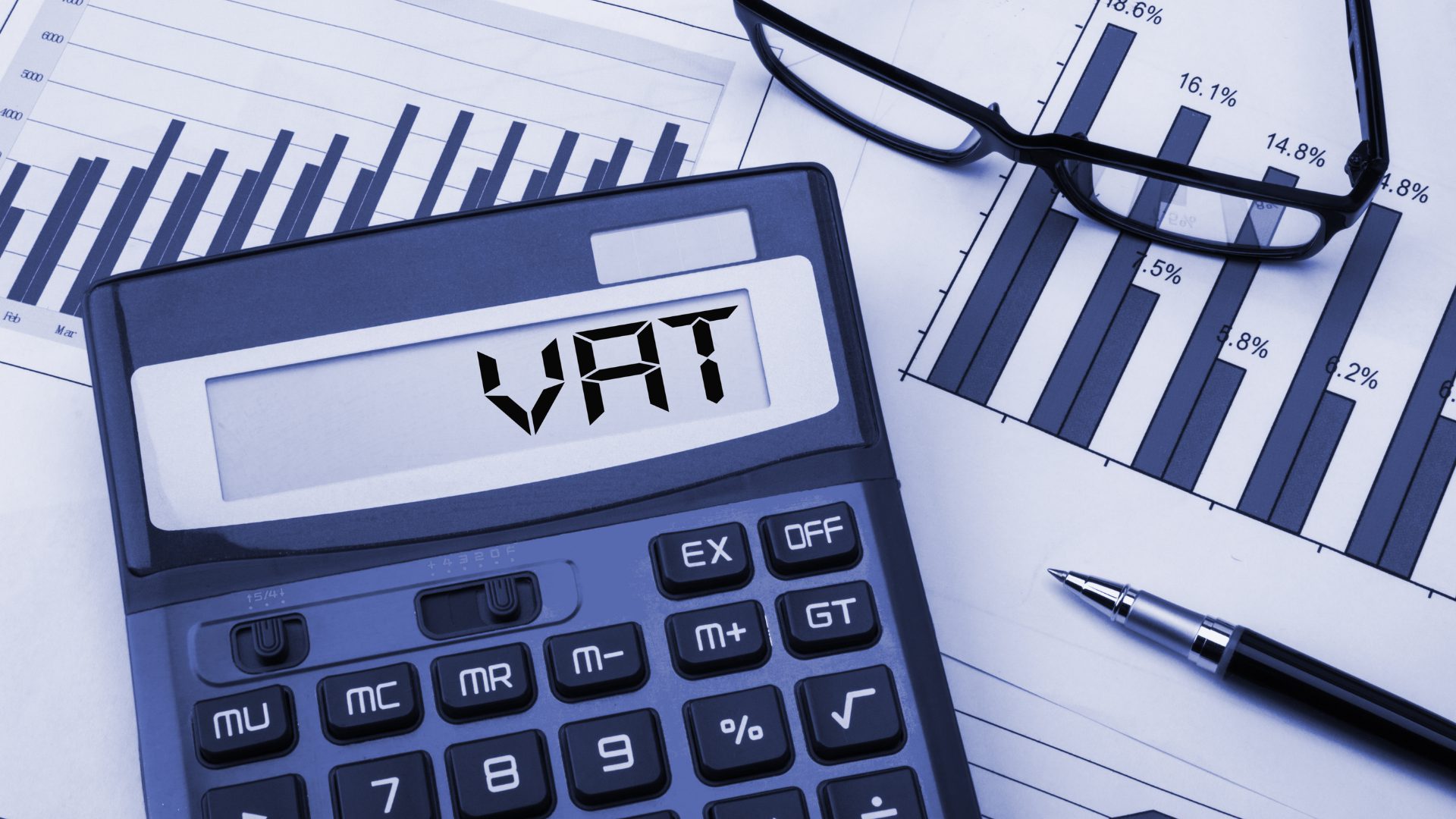Value Added Tax (VAT) is an important element of financial transactions for business operating in the United Kingdom. Understanding how to file a VAT return is essential for companies registered for VAT with HMRC. This guide will give useful information about the difficult process of submitting VAT returns. It can also assist companies navigate through this financial environment with confidence.

What exactly is VAT? Why does it matter?
Value Added Tax (VAT) is the consumption tax that is put in place by the government whenever the sale of goods or services. It is necessary to account for VAT when you sell your products or service If your company is registered for VAT. This means you have to collect VAT from your clients, paying it to HMRC and then offering your customers an invoice or receipt that clearly states the VAT incorporated into the sale. Simultaneously, when you make purchases you’ll receive a VAT invoice that outlines the amount of VAT that was included in the purchase. Keep accurate records to be able to claim the VAT back from HMRC.
The Basics of VAT Returns
Filing VAT returns on time by submitting VAT returns to HMRC is among the fundamental obligations businesses registered to VAT must meet. A VAT report is a summary of the business’s purchases and sales during the specified time. It’s essentially a method for businesses to declare the amount of VAT they collected from customers and paid on their own purchases. This procedure is generally completed on a quarterly basis.
How to File a VAT Return Step-by -Step Guide
1. Understand Your VAT Period Before beginning the filing process, it’s essential to know the VAT period. In the UK most businesses file VAT returns quarterly. Make sure to know the beginning and ending dates of your tax period.
2. Gather Purchase and Sales information Gather all relevant information regarding your purchases and sales during the VAT period. Included are sales receipts issued to customers, receipts of purchase received from suppliers and financial records.
3. Calculate Output Tax Output tax refers to the VAT you’ve charged your clients on sales. Add all the VAT you imposed on your sales to calculate your total tax you owe on your output.
4. Input tax is calculated by adding the VAT for all your purchases during the VAT period. Calculate the total tax by adding together the VAT you paid on all your purchases in the VAT timeframe.
5. Fill out the VAT Return Form With the information gathered, complete the VAT return form that is provided by HMRC. The form contains sections that include your total purchases and sales, and input tax and output tax.
6. Submit the VAT Return to HMRC Once the form has been completed accurately, submit it to HMRC by the specified deadline. The submission can be done on the internet using HMRC’s Making Tax Digital (MTD) service, providing a convenient and efficient method of completing your tax obligations for VAT.
Avoid these Common Mistakes
To avoid penalties, you must not submit your VAT returns past the deadline. Your business may suffer costs when you file your return late.
Find any mistakes in your VAT return. Incorrect calculations or entering wrong figures can lead to errors and problems with HMRC.
Failure to claim eligible input Tax: Businesses can reclaim VAT for eligible purchases. Make sure that you are aware of the input tax that you can recover, since it could significantly impact the total VAT liability.
The article’s conclusion is:
The UK’s financial management process is not complete without a thorough understanding of the VAT system. Understanding the steps to file a VAT return, the complexities of VAT returns, as well as using a complete VAT return checklist are crucial for ensuring compliance with financial regulations and ensuring the smooth running of your company.
Companies must make sure that they approach VAT returns with care and with exactness. Understanding the process while avoiding blunders and making the most of the available resources can aid businesses in reducing their VAT obligations. This will help in stability in the financial system and ensure compliance with regulatory requirements. Whatever your situation, whether you’re an experienced business owner or a novice to the VAT industry being aware and proactive regarding VAT returns will guarantee solid financial security for your company.